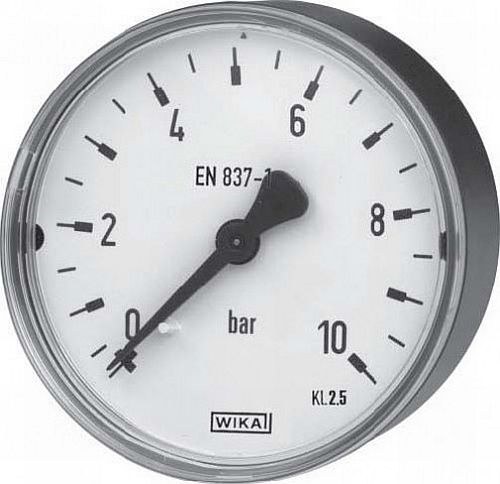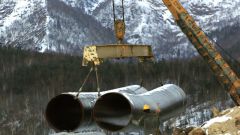You will need
- - pressure gauge;
- thermometer.
Instruction
1
If the working gas is carried out in the Isobaric process (at constant pressure), in order to find the working gas using a manometer, measure the pressure of gas. Then measure its volume before executing the operation and after. Find the change in volume of gas, subtracting from the final value to the initial one. Then find the product of the pressure of the gas to change its volume. This will be the work gas at constant pressure A=p•ΔV.
2
For a perfect gas to calculate work at a constant pressure by applying the equation of Clapeyron-Mendeleev. Find a job gasby multiplying its mass by the number 8,31 (universal gas constant) and the temperature change in operation. The result, divide by the molar mass of gas A=m•R•T/M. in the calculations note that if the work is done by the gas (it expands), then it is positive. If the work is performed on the gas (it is held by outside forces), then the work is negative.
3
If the work is done by the isothermal expansion (when temperature is constant), find the change in the volume of gas and its temperature. To find the work gas, multiply its mass by the number 8,31 (universal gas constant) and the temperature in carrying out the work. The result, divide by the molar mass of the gas. The number you multiply by the natural logarithm of the ratio of final and initial volumes of gas A=m•R•T•ln(V2/V1)/M.
4
In General, to find work gas take the integral of a function of pressure by volume. The boundaries of the integral from the initial to the final volume ∫pdV. If there is a schedule of the process gas in the coordinates (V,p), as a rule, it is a straight line, find the area of a trapezium bounded laterally by lines perpendicular to the axis of V the points V1 and V2, bottom axis V, and the top graph of the function. In more complex cases, searched the area of the curvilinear trapezoid.
Useful advice
If volume of gas does not change, the work is not performed.


